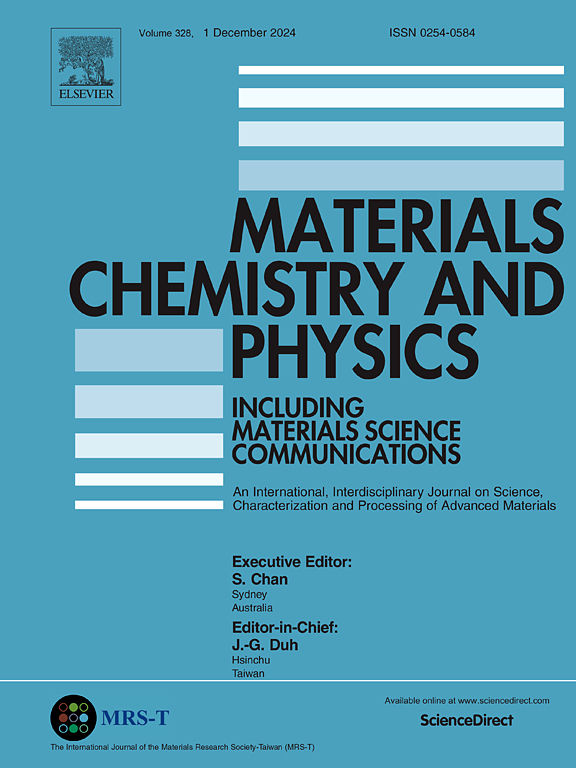氢运输和储存的氢载体(氢储存):综述
IF 4.7
3区 材料科学
Q2 MATERIALS SCIENCE, MULTIDISCIPLINARY
引用次数: 0
摘要
氢气在能源储存和运输中起着关键作用,可以通过管道分配,也可以通过船舶、卡车、铁路或飞机分批运输。无论采用哪种方法,高效的存储都是必不可少的,管道也可以作为压力存储系统。尽管氢具有单位质量的高能量含量、可再生性和环境效益,但两个关键挑战限制了它作为主要燃料的广泛使用。首先,氢只能作为一种能源载体,而且必须从水中生产,这需要大量的经济投资——在一个习惯了低成本能源的世界里,这是一个挑战。其次,它的低临界温度(33 K)使得它难以在环境条件下有效存储,这使得高能量密度对性能和竞争力至关重要的移动和固定应用变得复杂。为了应对这些挑战,出现了多种存储技术,包括高压罐、液氢存储和金属氢化物系统。替代的储存方法,如液态有机氢载体(lohc)、活性炭和金属有机框架(MOFs),也在探索中。这些技术是根据其物理和化学性质、技术成熟度和正在进行的研究工作来评估的。本研究旨在通过评估关键指标,如能量密度、效率和符合国际基准,特别是美国能源部(DOE)设定的标准,来比较这些储能方案。通过详细分析,目标是为各种应用确定最合适的储氢解决方案,平衡性能和成本效益。总之,本综述对氢存储技术进行了全面分析,重点是移动应用。它强调了现有的解决方案,探索了潜在的进步,并提供了比较的见解,以指导氢能源部署这一重要领域的未来发展。本文章由计算机程序翻译,如有差异,请以英文原文为准。

Hydrogen carriers for hydrogen transport and storage (hydrogen Storage): A review
Hydrogen plays a pivotal role in energy storage and transportation, capable of being distributed through pipelines or transported in batches via ships, trucks, railways, or airplanes. Regardless of the method, efficient storage is essential, with pipelines also functioning as pressure storage systems. Despite hydrogen's high energy content per unit mass, renewability, and environmental benefits, two key challenges limit its widespread use as a primary fuel. First, hydrogen acts solely as an energy carrier and must be produced, often from water, requiring significant economic investment—challenging in a world accustomed to low-cost energy. Second, its low critical temperature (33 K) makes it difficult to store efficiently at ambient conditions, which complicates mobile and stationary applications where high energy density is crucial for performance and competitiveness.
To address these challenges, multiple storage technologies have emerged, including high-pressure tanks, liquid hydrogen storage, and metal hydride systems. Alternative storage methods, such as liquid organic hydrogen carriers (LOHCs), activated carbon, and Metal–Organic Frameworks (MOFs), are also under exploration. These technologies are evaluated based on their physical and chemical properties, technological readiness, and ongoing research efforts.
This study aims to compare these storage options by assessing key metrics like energy density, efficiency, and compliance with international benchmarks, particularly those set by the U.S. Department of Energy (DOE). Through a detailed analysis, the goal is to identify the most suitable hydrogen storage solutions for various applications, balancing performance with cost-effectiveness.
In conclusion, this review offers a comprehensive analysis of hydrogen storage technologies, with a focus on mobile applications. It highlights existing solutions, explores potential advancements, and provides comparative insights to guide future developments in this essential area of hydrogen energy deployment.
求助全文
通过发布文献求助,成功后即可免费获取论文全文。
去求助
来源期刊

Materials Chemistry and Physics
工程技术-材料科学:综合
CiteScore
8.70
自引率
4.30%
发文量
1515
审稿时长
69 days
期刊介绍:
Materials Chemistry and Physics is devoted to short communications, full-length research papers and feature articles on interrelationships among structure, properties, processing and performance of materials. The Editors welcome manuscripts on thin films, surface and interface science, materials degradation and reliability, metallurgy, semiconductors and optoelectronic materials, fine ceramics, magnetics, superconductors, specialty polymers, nano-materials and composite materials.
 求助内容:
求助内容: 应助结果提醒方式:
应助结果提醒方式:


